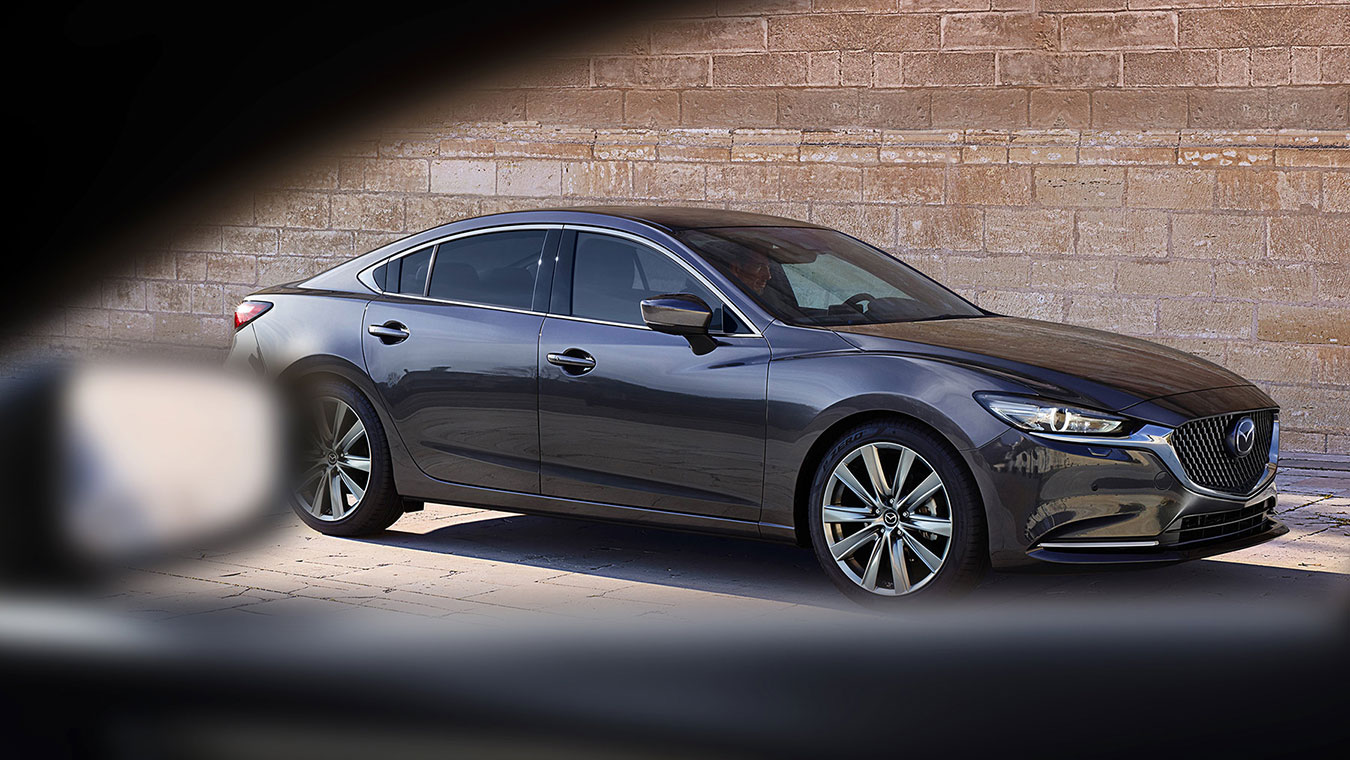On January 30, Mazda celebrated its centenary. The quirky car company from Hiroshima gave us the rotary-powered RX-7, the Guinness Book record-holding MX-5, a win at the Le Mans 24-hours and the most beautiful car design coming out of Japan has turned 100.
Mazda is one of the OEMs getting back on the inline-six engine bandwagon, and a report from Japan gives us a glimpse of some of the automaker’s plans. Mazda has filed patent applications for both new exhaust components (depicted with an inline-six) and a new eight-speed automatic transmission.
Prior reports have indicated that Mazda wants a new, larger engine architecture to power vehicles built on a new, larger platform. This new chassis is expected to accommodate longitudinal, rear-wheel drive powertrains, which could spawn larger crossovers and SUVs. It could also potentially underpin a new rear-wheel-drive coupe, if Mazda decides to go that route.
[metaslider id=”7614″]
Since Mazda has implemented these technologies in existing four-cylinder engines, we would assume that the new Skyactiv engines will be “modular” – that is to say, they’ll essentially be the existing engines with two extra cylinders, rather than an entirely new design. Jaguar-Land Rover is doing a similar thing with its Ingenium engine family. Assuming the Mazda engines will be modular would mean they’ll be roughly 3.0-liter units, which is a common displacement for modern inline-sixes.
Mazda’s exhaust patent seems to describe a scalable — perhaps even modular — setup intended to be used with inline and potentially even V-engines.
“Provided is an engine exhaust structure capable of securing exhaust efficiency while reducing the size of the engine by changing the structure of an exhaust port,” a translation of the patent application’s introduction says. “[T]here has been proposed a technique for collecting exhaust gas discharged from each cylinder inside a cylinder head without using a separate exhaust manifold with the aim of downsizing the engine.”
In other words, Mazda is looking for ways to make its future engines more compact, and the strategy detailed here is the use of an integrated exhaust manifold, similar to what other automakers (such as Honda and Ford) have utilized on their smaller-displacement turbocharged engines. The sketch above of an inline-six engine with just two exhaust ports illustrates this concept.
The eight-speed transmission, while noteworthy in its own right as Mazda currently relies on aging six-speeds, doesn’t seem to offer us anything particularly game-changing.
That said, this is an interesting development that portends a more premium future for Mazda, and perhaps an even sportier one. We’ll let you know what Mazda says.

